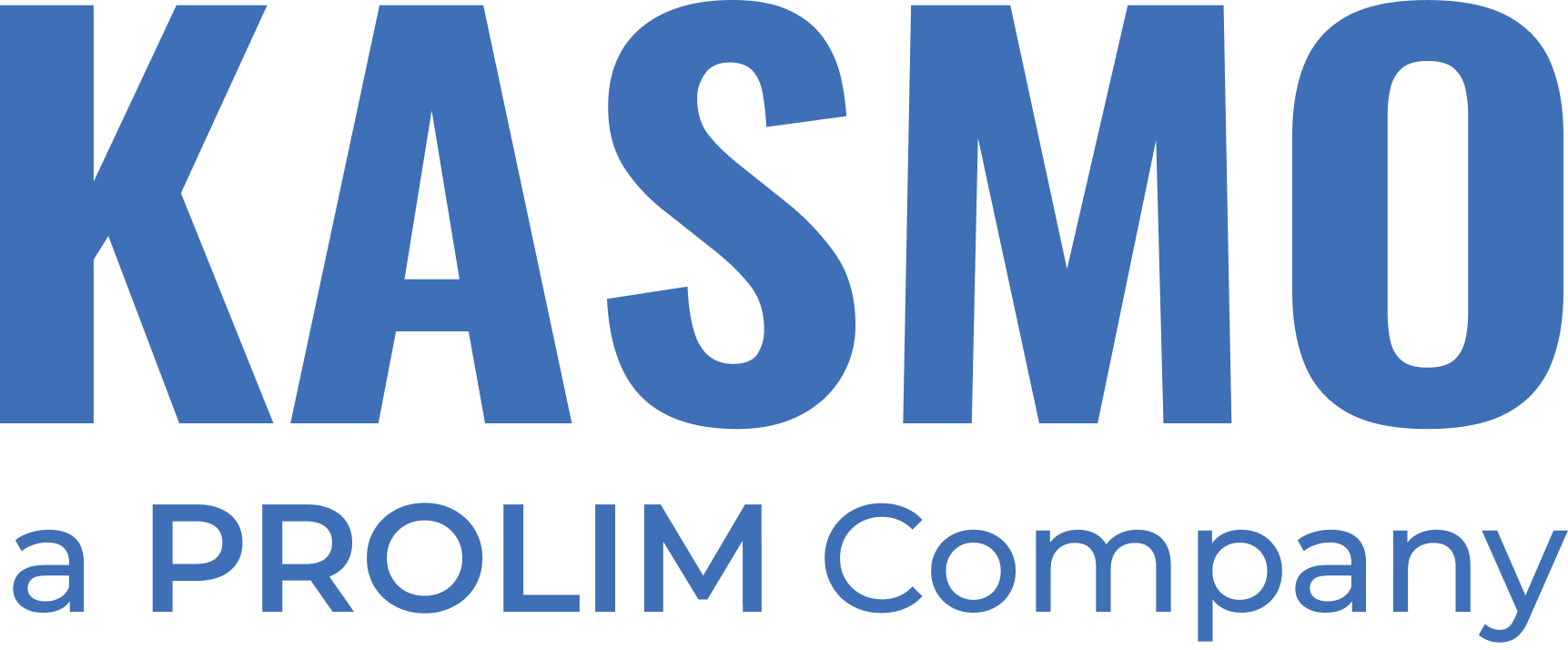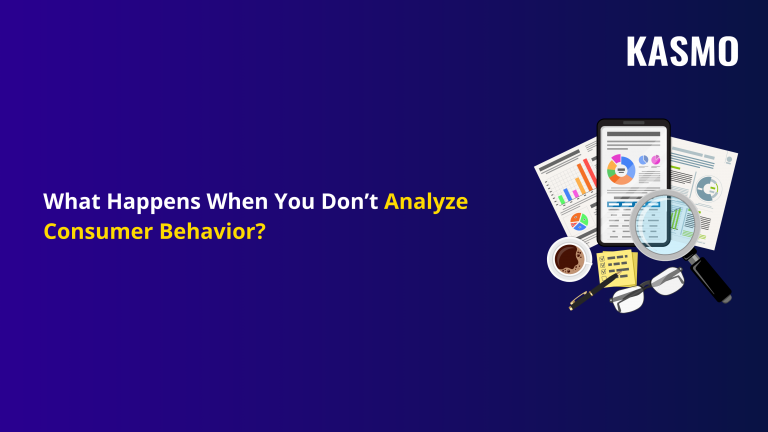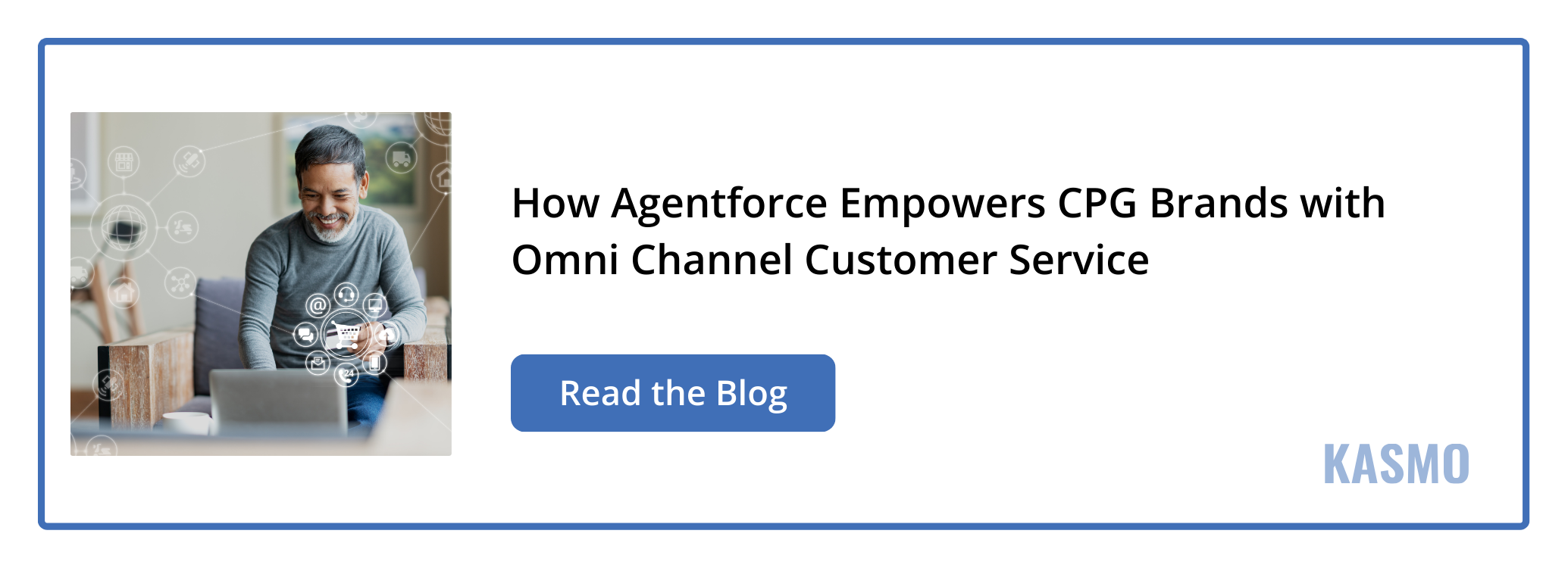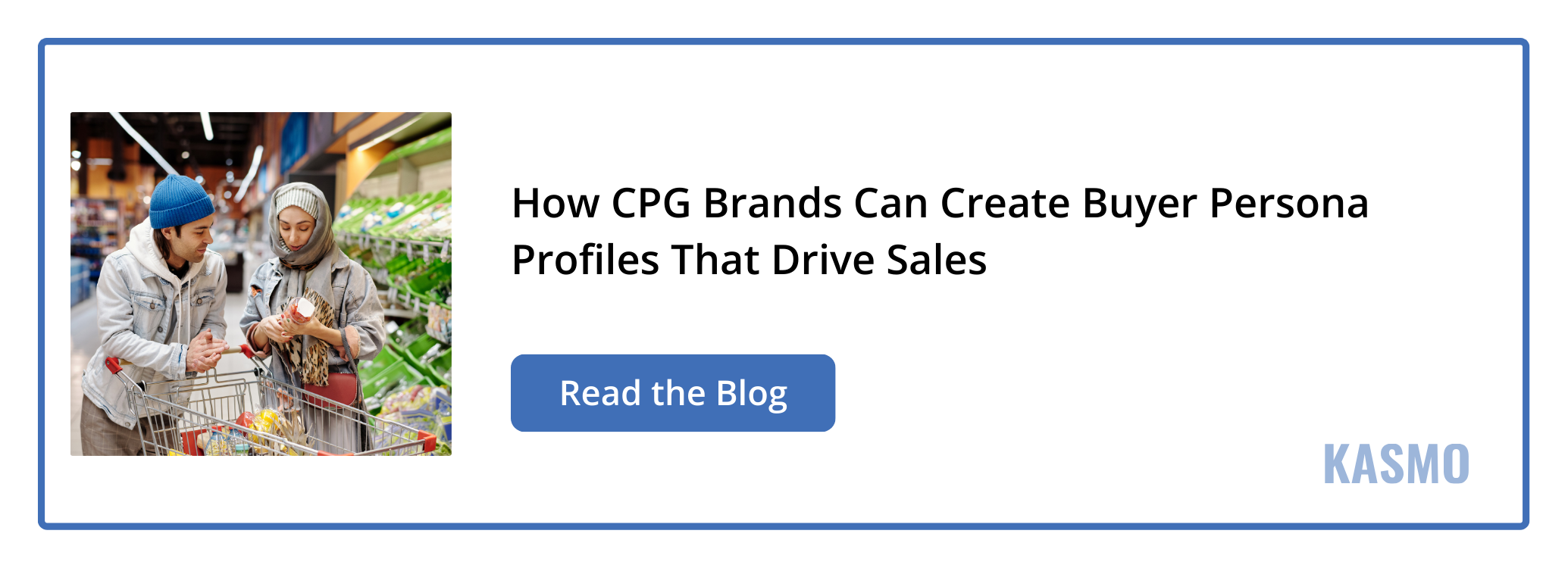Why CPG Businesses Need to Analyze Consumer Behavior?
Consumer behavior goes beyond what people buy; it dives into why, when, how, and where they make purchasing decisions. For consumer-packaged goods (CPG) brands, analyzing these patterns is crucial for staying relevant in a competitive market. When businesses take the time to analyze consumer behavior, CPG businesses can understand customer demands and create better marketing strategies that will help them enhance brand loyalty and increase customer retention.
Understanding how consumers think and act towards your product enables you to deliver and create products that resonate with your customers. Understanding consumer behavior helps brands stay relevant in the market, meet customer needs, and build strong customer relationships.
The advantages of understanding consumer behavior trends are:
- Stronger customer retention and improved lifetime value through tailored experiences.
- Better-targeted product development based on real consumer preferences
- Audience segmentation that delivers the right message to the right customer at the right time.
- Smarter pricing strategies that align with customer expectations and budget sensitivities.
- Loyalty programs that work, delivering rewards that matter and driving repeat purchases.
- Predictive insights that keep businesses ahead of shifting market conditions and consumer expectations.
To succeed, CPG businesses must conduct detailed market research and consumer behavior analysis. This will help them understand shopping patterns and make better decisions that enhance customer experiences.
CPG brands that consistently invest in understanding consumer behavior can create hyper-personalized journeys, improve retention, optimize marketing ROI, and keep up with new consumer behavior trends.
What are the Types of Consumer Behavior?
To effectively analyze consumer behavior, CPG businesses need to understand the different ways customers make decisions. From impulse purchases to deeply researched investments, each type of behavior reflects varying levels of involvement and motivation. Recognizing these patterns helps CPG businesses tailor their strategies for product development, pricing, and marketing.
Here are the four primary types of consumer behavior every CPG brand should know:

Limited Decision-Making
Here, the consumer has few alternatives to choose from, either due to urgency, limited product availability, or external constraints. They may be purchasing out of necessity rather than preference, often accepting a higher price or switching sales channels. Since the options are restricted, this type of behavior can be unpredictable.
Research-Driven Decision-Making
Buyers in this category spend time researching, reading reviews, comparing features, and evaluating their choices before committing. They seek assurance and are influenced by both logic and emotion. Understanding this type of consumer behavior helps brands create in-depth content and support systems that guide buyers through the decision-making journey.
Variety-Seeking Buying Behavior
Not all of your consumers will be loyal to your brand, despite better service and product quality. Some enjoy experimenting with it. Variety-seeking consumer behavior involves buying different versions of similar low-cost items, such as snacks, t-shirts, or beauty products. Here, motivation isn’t dissatisfaction but curiosity. CPG brands can tap into this behavior by offering seasonal editions, new flavors, or limited-run packaging to keep the product experience fresh.
Habitual Buying Behavior
Many everyday purchases happen out of habit, not deep thought or loyalty. Products like toothpaste, bread, or detergent fall into this category. These are low-involvement items where consumers stick to what they know unless prompted to switch. Habitual buying behavior highlights the importance of brand visibility, in-store placement, and subtle brand reinforcement. By identifying the types of consumer behavior, businesses can fine-tune their marketing and sales strategies.
What are the Factors Affecting Consumer Behavior?
Here are the key factors affecting consumer behavior:

Psychological Factors
Psychological factors tap into how consumers perceive products, what motivates them, and how they form attitudes and beliefs. Factors like motivation, perception, personality traits, and emotional triggers heavily impact buying decisions. For instance, a consumer might choose a specific skincare brand because they associate it with self-care or confidence, even if competitors offer similar features.
Personal Factors
These are individual traits that vary from one consumer to another. Age, occupation, financial situation, and lifestyle choices all play a role in shaping consumer purchase behavior. A college student’s buying patterns will likely differ from those of a working professional or a retiree. By understanding these personal elements, CPG brands can create segmented marketing campaigns tailored to different life stages or economic brackets.
Social Factors
Human consumer behavior is deeply influenced by social circles, family, peer groups, and cultural norms. Consumers often look to those around them whether consciously or not when making decisions. Family recommendations, social media influence, and community values can guide preferences and shape brand perceptions about their consumers. For marketers, social listening and community engagement can reveal hidden motivations and build authentic consumer connections.
Geographical Factors
Where a consumer lives can significantly impact what, when, and how they buy. Climate, local trends, and regional preferences all come into play. A customer residing in a coastal city might favor lightweight clothing year-round, while someone in a colder climate may prioritize thermal wear. Recognizing these geographic differences helps businesses fine-tune their inventory, campaigns, and messaging for better regional relevance.
Understanding the factors affecting consumer behavior allows businesses to craft smarter marketing and sales strategies, ensuring that every touchpoint, from product design to messaging, aligns with the consumer’s mindset and environment.
What are the Top Consumer Behavior Trends CPG Businesses Need to Follow
CPG companies must do more than just analyze consumer behavior; they must evolve with it. Today’s buyers are prioritizing health, convenience, personalization, and sustainability when making purchasing decisions. These evolving preferences demand a strategic shift in how businesses design, manufacture, distribute, and market their products.
Here are five major consumer behavior trends that will shape the future of the CPG industry:
Hyper-Personalization
Consumers expect products tailored to their values, preferences, and lifestyles. To meet these expectations, CPG companies are accelerating innovation through AI-powered tools and platforms like Salesforce Agentforce, that identify demand patterns and help deliver personalized product experiences. This push toward hyper-personalization is redefining product development. Companies are now investing in faster go-to-market strategies, agile R&D (Research & Development), and scalable customization to serve highly segmented audiences.
The Rise of the Zero Consumer
Consumers prefer omni-channel customer service. Known as “zero consumers,” these individuals have zero tolerance for delays, zero loyalty to underperforming brands, and zero patience for fragmented experiences. To meet their demands, CPG businesses are redesigning supply chains that are highly resilient and efficient. By decentralizing inventory and using large distribution hubs, brands are ensuring product availability across all platforms.
Tackling Inflation with AI and Predictive Insights
Inflation and economic uncertainty have made consumers more price-sensitive than ever. Rather than relying on aggressive pricing tactics, CPG brands are shifting focus to volume-led growth and efficiency-driven operations.
This transformation is powered by AI and ML models, which allow companies to forecast commodity pricing, identify supply chain risks, and optimize procurement strategies. With data-led insights, businesses can make informed, dynamic decisions around pricing, promotions, and product assortment, balancing profitability with value delivery.
Sustainability Becomes a Business Imperative
Modern day consumers focus a lot on how CPG brands are following sustainability practices and ethical standards. As global regulations are pushing brands to adapt sustainability practices, CPG companies are embedding ESG principles into their core operations.
How Salesforce Can Help CPG Businesses Analyse Consumer Behavior
The ability to analyze consumer behavior helps CPG businesses deliver products that meet consumer needs and market standards. As the #1 AI CRM platform, Salesforce empowers CPG companies to adapt to changing consumer behavior, helping them understand, anticipate, and influence consumer decisions.
Put Your Data to Work
Salesforce helps centralize data from CRM, websites, social platforms, loyalty programs, providing a unified customer profile that highlights purchase patterns, engagement history, and even the factors that affect their buying behavior. With this holistic view, businesses can spot consumer behavior trends, detect changing consumer behavior, and make smarter, faster decisions.
Personalize Every Touchpoint
Modern consumers expect brands to recognize them as individuals rather than as numbers. Salesforce enables CPG businesses to deliver hyper-personalized messaging across all communication channels through Agentforce. Whether it’s a product suggestion, a loyalty perk, or a re-engagement email, Agentforce’s AI Agents ensure every interaction aligns with individual behaviors and preferences.
Adapt Your Messaging with Market Conditions
Economic fluctuations, social trends, and political disruptions influence consumer sentiment. Salesforce equips marketers with the tools to flex messaging strategies in real time. For example, when price sensitivity increases, campaigns can pivot to emphasize affordability or bundled value without losing brand integrity. By tuning into live customer feedback and behavioral cues, brands can stay empathetic, timely, and impactful.
Involve Your Consumers When Marketing Products
Salesforce helps businesses turn happy customers into vocal advocates. By capturing and amplifying user-generated content (UGC), referral activity, and positive reviews, companies can build trust and win over variety-seeking or hesitant buyers. Tools like Customer 360 and Experience Cloud enable brands to nurture online communities, creating an ecosystem of credibility and loyalty.
Target the Right Behaviors with the Right Incentives
Salesforce allows CPG companies to segment consumers based on motivations and behaviors, then deliver tailored incentives like loyalty points for habitual buyers, exclusive trials for premium consumers, and more. These personalized incentives help in strategic decision-making and improve consumer retention.
Transform Your CPG Business with Salesforce Agentforce and Consumer Goods Cloud
Salesforce’s Consumer Goods Cloud and Agentforce help CPG businesses in accurate forecasting, product execution, and enhance customer service at scale. Agentforce for Consumer Goods equips AI agents with visit management and service skills to recommend products, schedule visits, and personalize customer experiences.
- Trade Promotion Management tools help optimize trade spend with real-time reporting and predictive analytics.
- Retail Execution simplifies planning and improves in-store performance with field intelligence and automation.
- Data Cloud for Consumer Goods builds unified consumer profiles by consolidating data from every touchpoint, enabling smart segmentation, real-time decisioning, and dynamic journey orchestration.
By leveraging Salesforce, CPG businesses can get:
- 30x faster data segmentation with Data Cloud for Consumer Goods
- 45% boost in conversion rates with Marketing Cloud personalization
- 500 BPS margin growth with Salesforce Consumer Goods Cloud
- 12% reduction in in-store visit time after leveraging Salesforce Consumer Goods Cloud
Conclusion
Changing consumer behavior is pushing brands to consistently analyze consumer behavior, which will help them never miss what their shoppers want next. Salesforce empowers CPG businesses with real‑time insight, helping them improve pricing, and deepen customer loyalty. Kasmo, a Salesforce Summit Partner, leverages Salesforce and enables CPG businesses to unify data and help them turn raw consumer behavior data into actionable insights that help in increasing revenue without compromising customer service.






